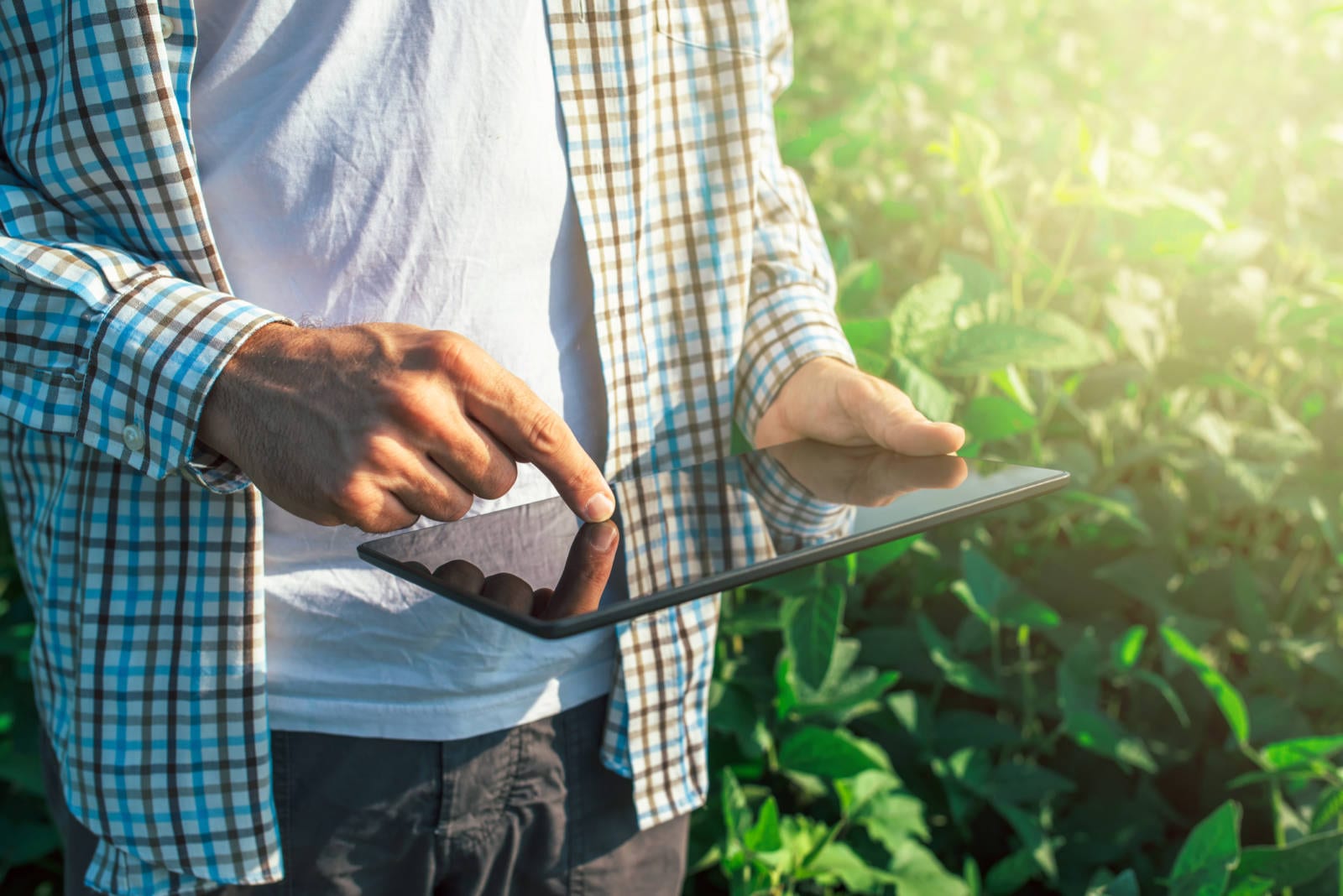Even for the most fortunate of us, the past few weeks have been a period of dramatic disruption. Like many, I am adjusting to new work environments, communications tools and daytime routines. But I feel incredibly privileged to have the tools I need to maintain productivity as I do my small part to help flatten the curve.
We owe a tremendous debt of gratitude to those who are continuing to provide critical services to the public – the medical professionals, first responders, service industry and supply chain professionals who are focused on saving lives, providing food and other necessities, keeping the economy moving – all helping to minimize challenges for the rest of us. And we must do everything we can to provide them with the tools, resources and support they need to stay as safe as possible as they put their own lives at risk to help us through this pandemic.
This discussion today is rightfully focused on securing medical supplies like masks and gloves that are desperately needed for those who are caring for people who are sick. But many rural communities have even fewer tools in their toolkits as they seek to reduce the impact of COVID-19. Large portions of the country lack the broadband access that many of us take for granted.
But why is internet access important at a time like this?
The pandemic provides a stark reminder of just how deep this divide runs. First responders in many rural communities are working to maintain public safety without consistently reliable communications or instant access to critical news or health agency updates. Professionals in these areas may not be able to continue their work in a productive manner as they stay at home. Students are unable to continue their education through online courses. Small businesses can’t sell their goods online. Vulnerable populations can’t access telehealth options that could ensure individual patients receive the care they need, and help both patients and caregivers to stay safe and healthy. The lack of digital infrastructure is slowly crippling rural communities, depriving people of health, education and business tools. And yet, we all depend on people in these communities to feed and sustain us.
Addressing this divide is important as we work to increase farmers’ and rural communities’ access to critical digital tools to support their work sustainably producing the food, feed, fuel, fiber and other products that sustain us. Broadband internet access will be even more important for farmers, one of the critical infrastructure sectors, this year as they seek to safely grow crops, taking into account COVID-19 precautions and other variables they cope with every year, such as weather, pests and access to labor.
USB recently commissioned a survey to help gauge the scope of the digital divide in the rural U.S. It focused on farmers, but the implications run far beyond, especially in light of the extraordinary circumstances of the past few weeks. The results are troubling. Six in 10 U.S. farmers surveyed said they did not have enough connectivity to run their businesses, and 78% said they have no other options for internet access. Only 40% of survey respondents had a fixed internet connection.
What lessons can we learn?
It is paramount that we care for those who are sick and do everything we can to limit the spread of COVID-19. However, in the months ahead attention will shift to lessons learned and what can be done to help us better prepare for future challenges. We must learn from the mistakes we’ve made as a society, and that includes doing everything we can to ensure equal access to the digital tools that many of us enjoy without conscious thought. In both times of crisis and in day-to-day life, we should strive to ensure fair and equitable access in both rural and urban communities to the digital infrastructure that increasingly provides the foundation for health, wellness and business across the globe.
While it won’t help rural communities in the immediate future with the current crisis, I’m glad to see the Federal Communications Commission is allocating up to $9 billion in Universal Service Fund support for deployment of 5G wireless broadband in rural areas. Deployment of rural broadband, whether wireless or wired, is expensive, but it is critically important to help ensure that all of us have equal access to the digital infrastructure that we increasingly rely on in modern life.
This is particularly true considering the level of dependence we have on farmers – less than 2% of the U.S. population! – to provide food security for all of us. Addressing inadequate digital infrastructure will certainly help our country to respond to the next national and global emergency, but it will also help soybean farmers every day in their quest to provide for people around the U.S. and the globe, and to do so in the most sustainable manner.
